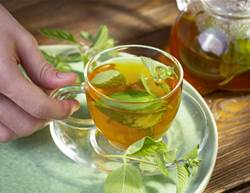The incredible edible egg is an extremely popular protein that goes well with virtually any dish—stir fry, salad, casseroles, and toast (of course) to name a few. With 6.3 grams of protein and 13 essential vitamins and minerals—including brain-healthy choline and vitamin D—one large egg boasts a pretty impressive nutrient profile. Since new evidence from the Heart Foundation concluded that eggs do not appear to impose a significant cardiovascular risk, there are zero reasons to avoid eggs.
Eggs are a favourite protein option for dietitian Cara Harbstreet. She says they’re affordable, easy to find, and can easily bulk up any meal of the day. But research indicates eating a wide variety of proteins can actually do some good for your health.
“Humans can synthesise, or create, some of the amino acids needed to build complex proteins. However, we must source essential amino acids that we can’t make ourselves from our diets,” Harbstreet explains. “Eating a variety of foods, both plant-and-animal-based, can ensure you eat enough total protein as well as sources for all essential amino acids.”
The good news is, while it’s tempting to opt for eggs all day every day (#brunch), there are a surprising number of foods to consider if protein is what you’re after. So if you’re looking to switch things up beyond your scramble, check out these foods that pack more protein per serving than a whole egg.
What can protein do for you?
When you eat protein, the amino acids that are present are the “building blocks of life,” explains Harbstreet. This means they help perform essential functions throughout the body, like building and repairing muscle tissue and acting as enzymes, hormones, buffers, transporters, and regulators, she says. Additionally, when protein is incorporated into snacks and meals, it helps keep you feeling full and satisfied, she adds.
How much protein do you need?
This can vary greatly depending on your age, gender, body weight, and lifestyle, Harbstreet says. “That could range from as little as 10 to 15 grams per snack, up to more than 30 grams per meal. It’s best to personalise your intake to your unique needs, which is something a registered dietitian can help you with,” she says.
Generally, if you feel full and satisfied after eating and in between meals, that’s a great start, Harbstreet says. But if you’re finding yourself hungry or having difficulty recovering after workouts, illness, or injuries, you may need to increase your protein intake or change up the timing you’re consuming protein-packed foods, she adds.


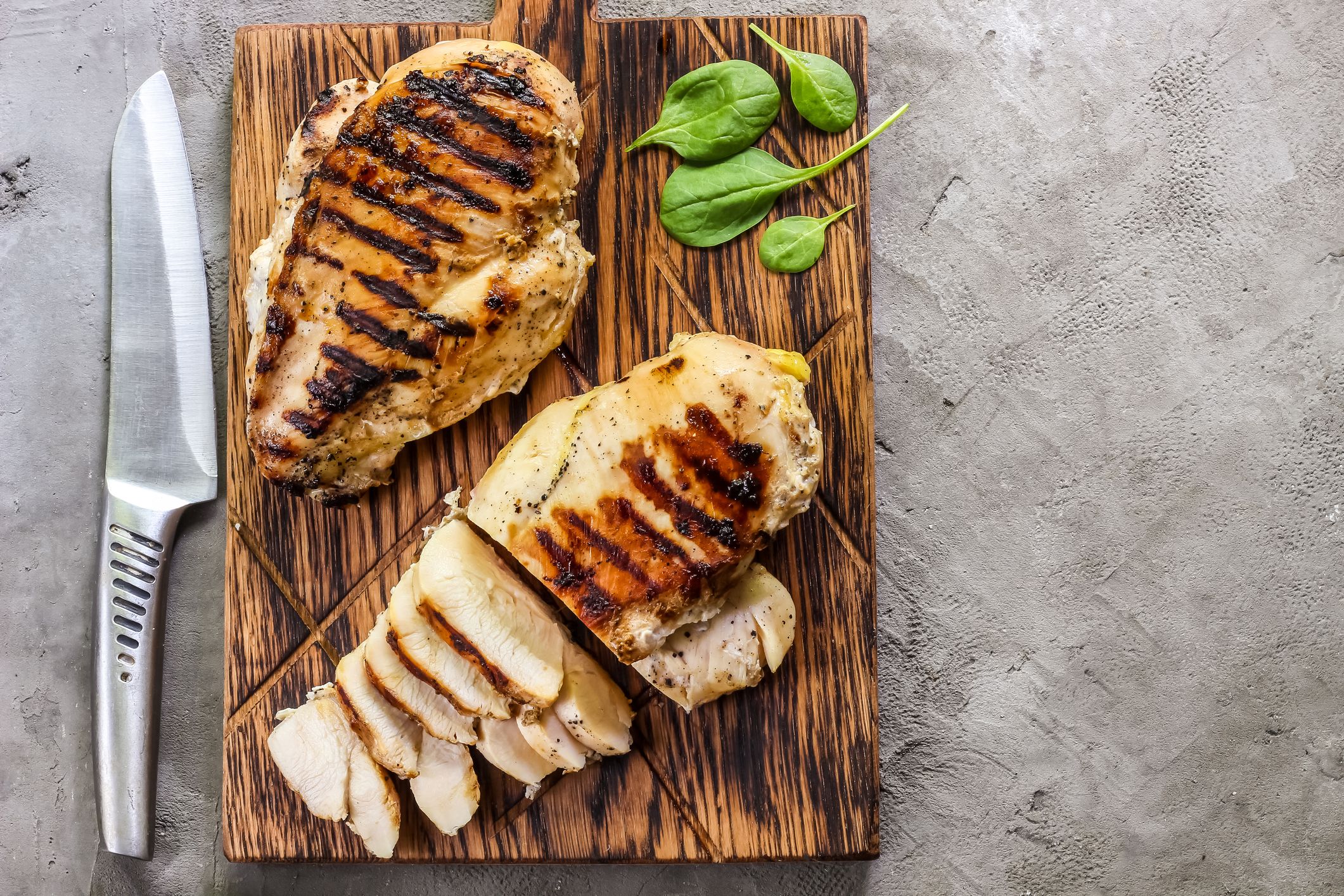
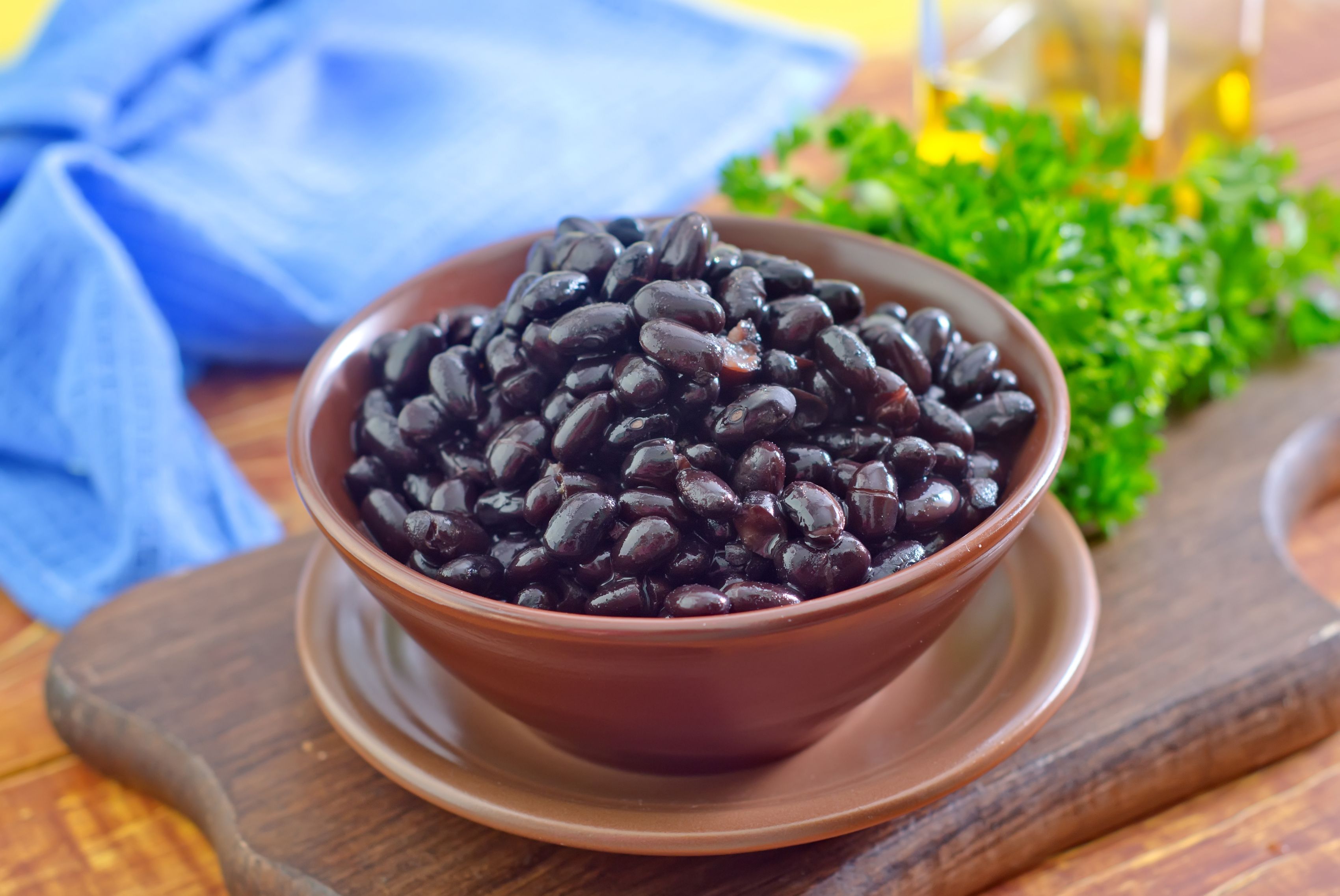


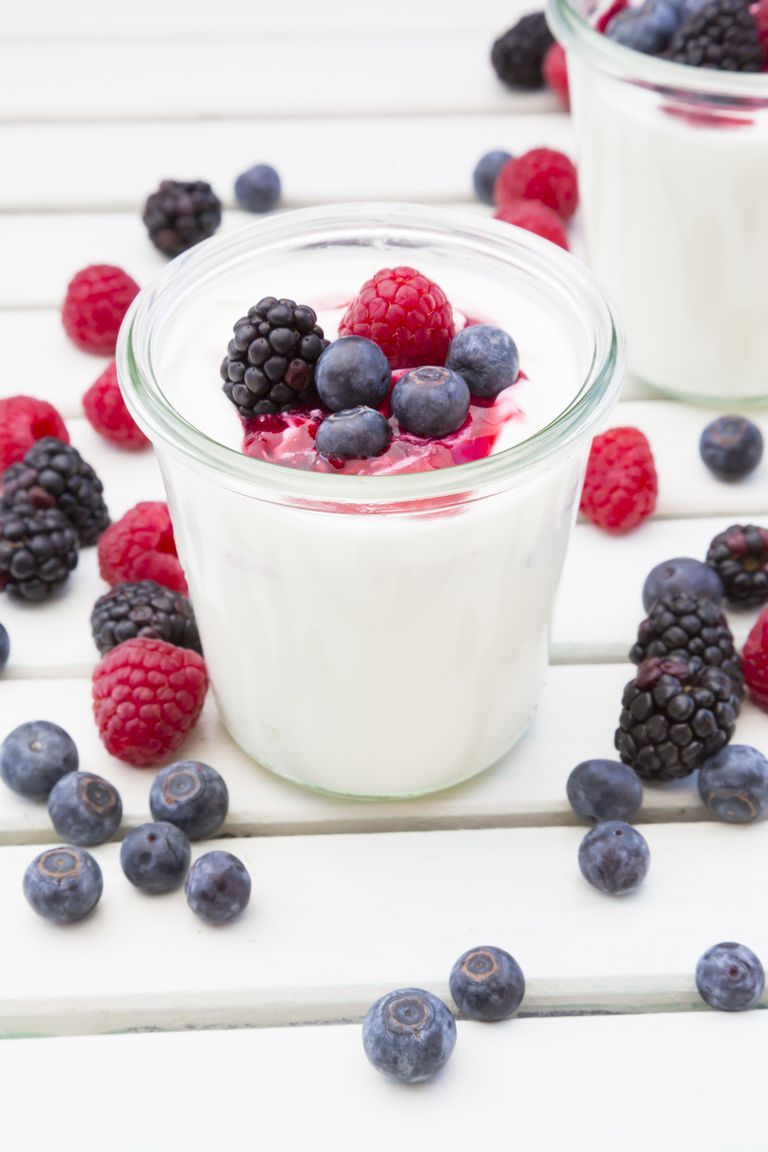
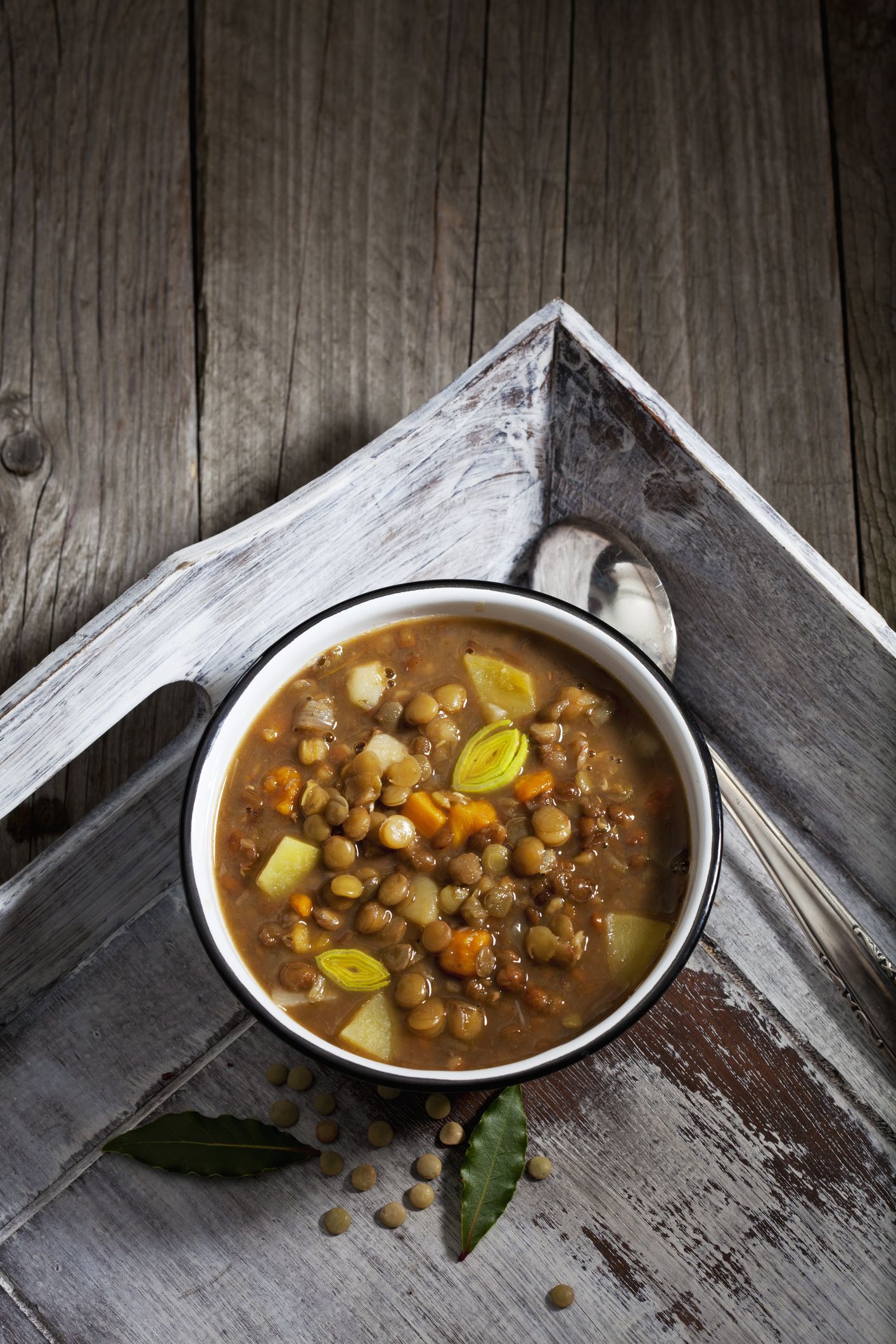


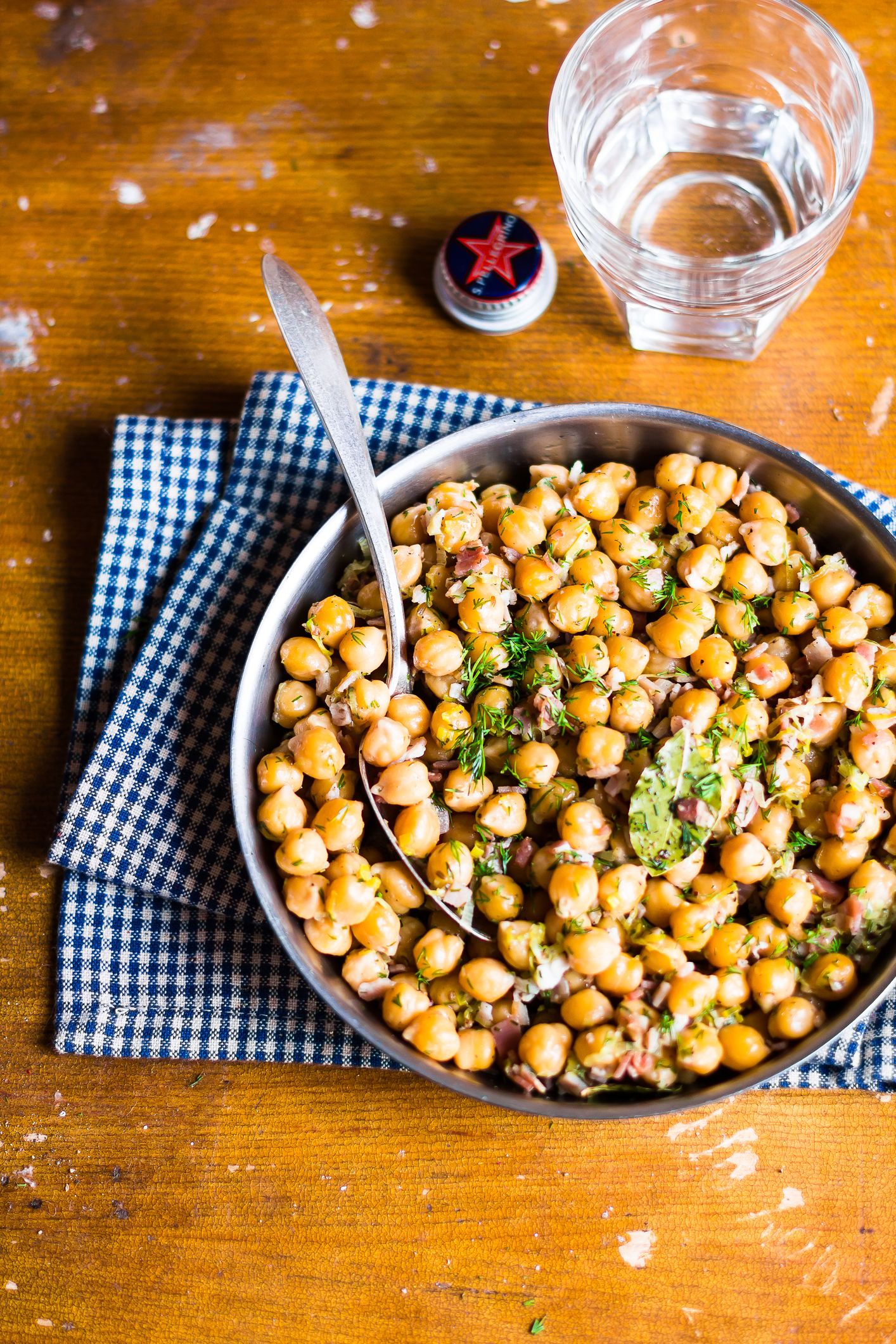
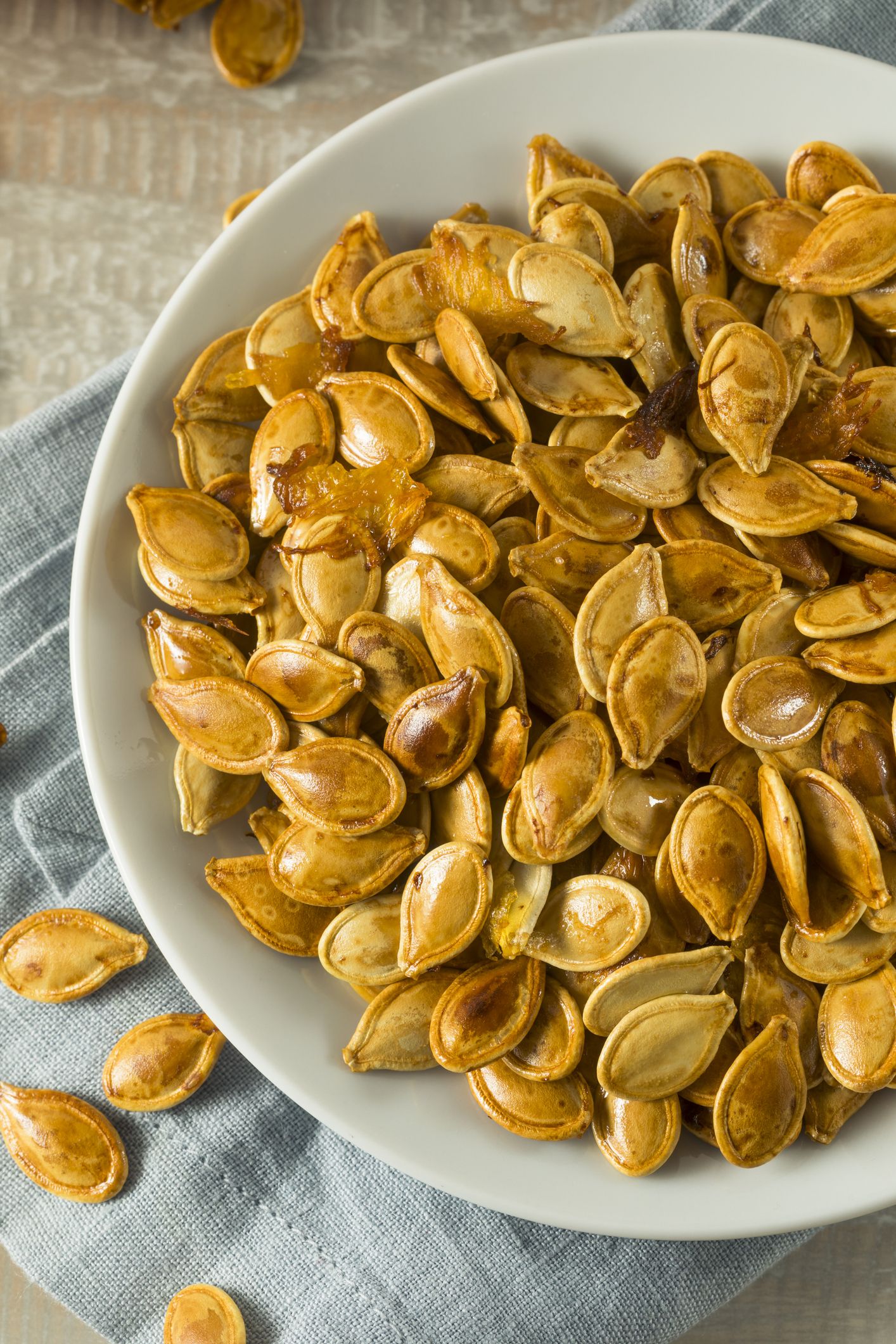
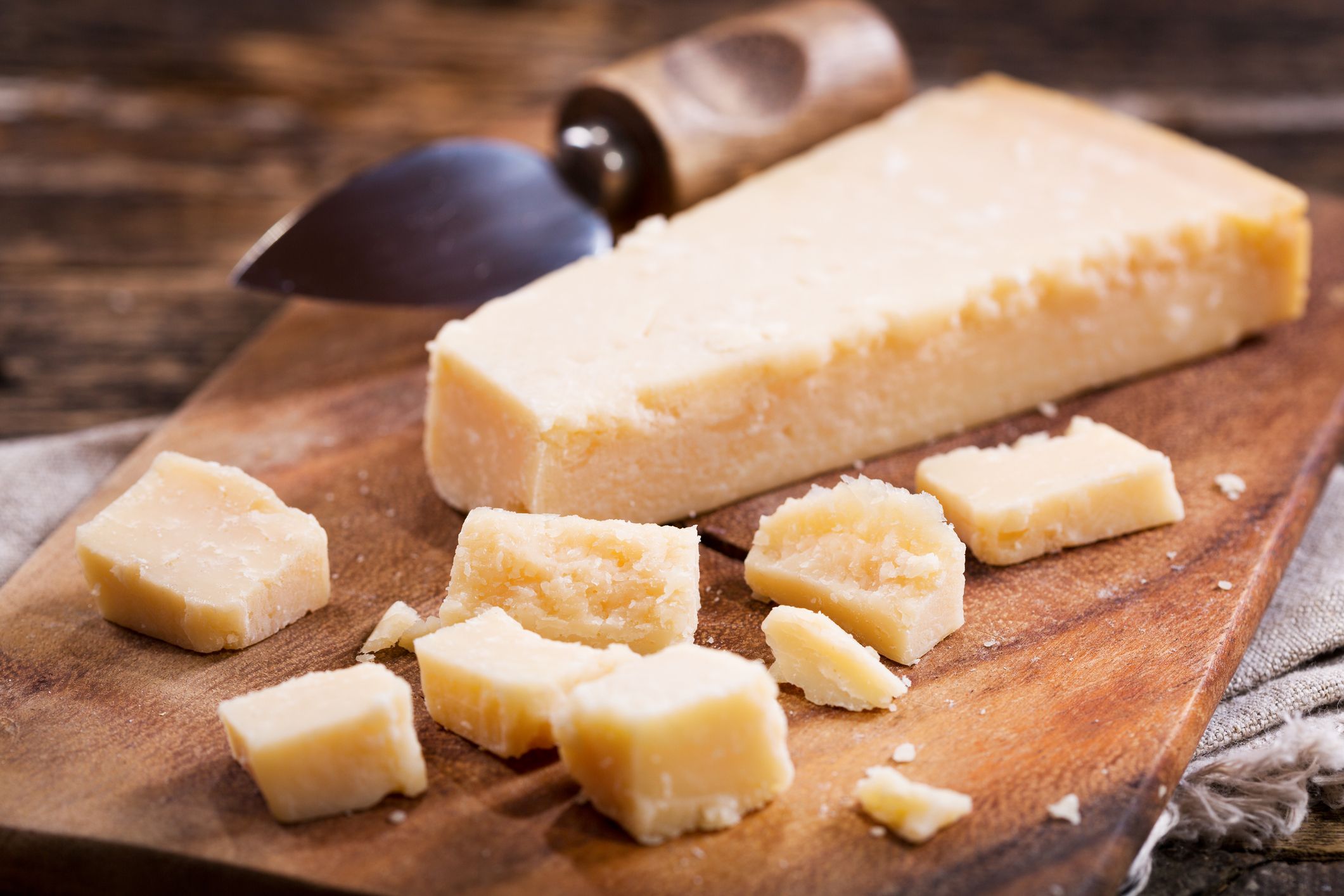
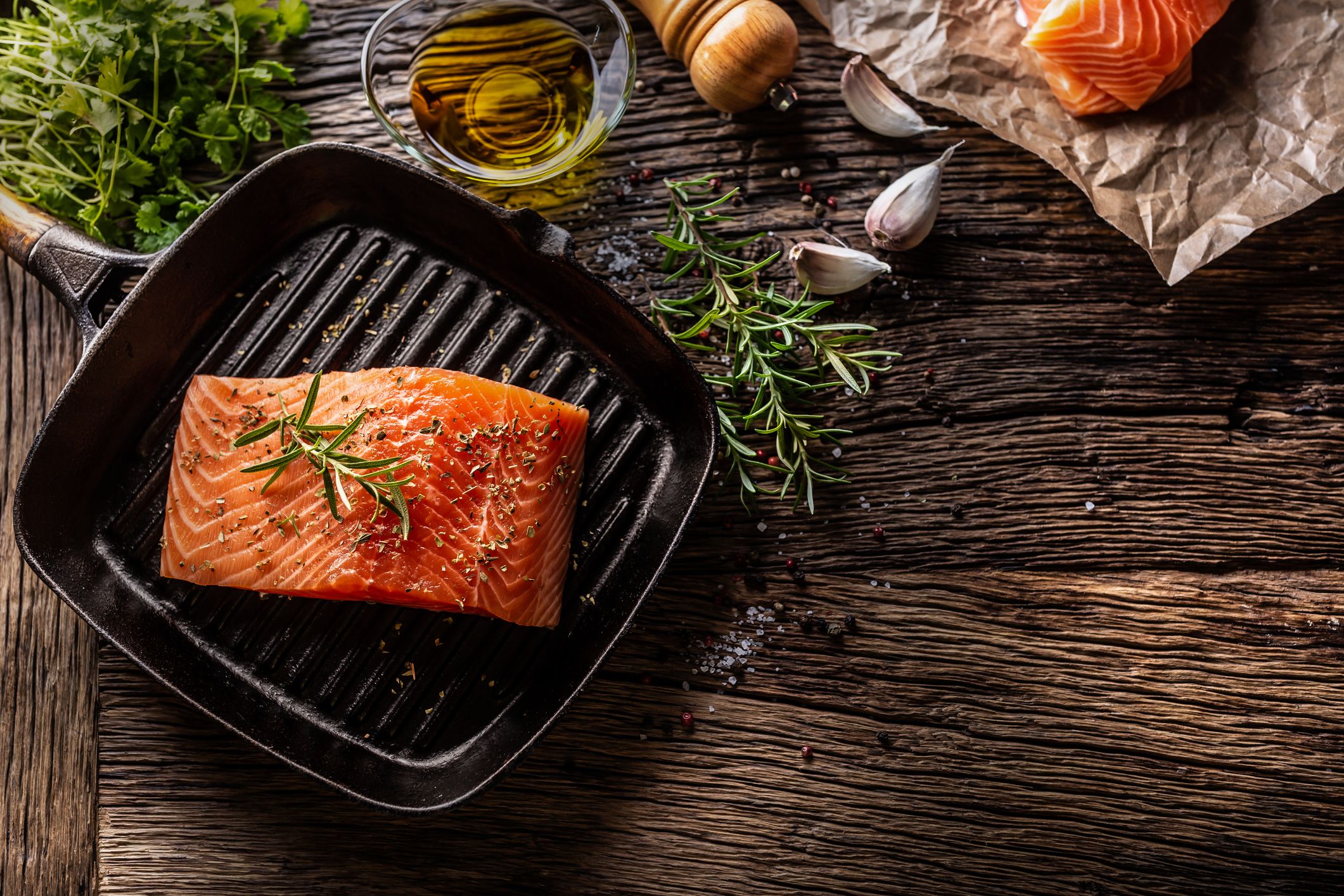
fcafotodigital ©Getty Images
1) Edamame
Balance out your carb-rich sushi rice with a side of protein-packed edamame. This green soy bean has 13 g of protein and roughly 115 calories in a 100-gram serving. What’s more, you’ll also get a dose of fibre, potassium, and vitamin A.
fcafotodigital ©Getty Images
2) Cottage Cheese
Cottage cheese doesn’t get nearly enough love. At roughly 15 g of protein and about 126 calories per 100-gram serving, it’s a satisfying midday snack and a great source of calcium. Harbstreet says she especially loves cottage cheese because it’s a high-protein dairy food that can be added to smoothies for extra thickness or a sauce for a mild flavour and creamy texture.
fcafotodigital ©Getty Images
3) Chicken
Which came first: the chicken or the egg? Regardless, this bird is one of the most versatile lean proteins with 22.5 g in just 100 grams. It can stand alone as the base of a dish or it makes a great addition to salads, soups, tacos, quesadillas, grain bowls—you name it! Harbstreet says chicken thighs are one of her most frequently used proteins for stir-frys, pasta dishes, grilling, salad, or other mixed dishes.
fcafotodigital ©Getty Images
4) Black Beans
You can always use more protein options that don’t require any cooking, and black beans fit the bill. Keep a few cans in your cupboard so you can drain and rinse when you’re ready to add them to tacos, nachos, and soup. Just a 100-gram serving has 21 g of protein and about 305 calories, making them a good option for vegetarians and vegans.
fcafotodigital ©Getty Images
5) Tuna
This fatty fish serves up more than heart-healthy omega-3 fatty acids. A 85-gram serving of raw tuna has 19.9 grams of protein, and the same amount of baked tuna has a whopping 27.2 grams of protein. Either way, this tasty fish should be top of mind for restaurant ordering or pantry stocking.
fcafotodigital ©Getty Images
6) Tempeh
If you’re unfamiliar, tempeh is a fermented soybean product with a chewy taste that mimics meat. It serves as the base for vegan sandwiches and makes a nice addition to Buddha bowls, with 171.7 calories and 16.15 grams of protein in a 85-gram serving. Plus, the fermentation process creates good-for-your-gut probiotics.
fcafotodigital ©Getty Images
7) Greek Yogurt
It’s amazing how much protein can be packed into one snackable container. Just about 1 cup of plain low-fat Greek yogurt (245 grams) has a whopping 15 grams of protein for roughly 165 calories. You’ll also punch up your meal or snack with probiotics and calcium.
fcafotodigital ©Getty Images
8) Lentils
Lentils pack quite the nutritional punch, with 28.3 grams of protein in a 100-gram serving. What’s more, you’ll get 15 grams of filling fibre, 5.4 mg of iron, and a healthy dose of potassium.
fcafotodigital ©Getty Images
9) Milk
One thing good old cow’s milk has over your favorite almond milk? You get 7.7 grams of protein per 226-gram serving. Not to mention, nine essential vitamins and minerals, including bone-building calcium and vitamin D. (If you’re vegan, soy milk contains about the same amount of protein!)
fcafotodigital ©Getty Images
10) Amaranth
This unfamiliar gluten-free grain looks like a smaller couscous and cooks up to a slightly gummy consistency. Offering 15.2 grams of protein in 100 grams when cooked, amaranth is a bit of an imposter grain, since it’s actually derived from a seed. Still, it’s often referred to as one of the ancient grains and contains a good amount of fibre, magnesium, phosphorus, and potassium.
fcafotodigital ©Getty Images
11) Chickpeas
Whether you roast them for a snack or toss them into your salad, chickpeas are an excellent way to sneak in extra protein at 7.2 grams per 100 grams of chickpeas, as well as fibre (7.6 grams) and iron if you prefer to skip out on beef (nearly 1.67 mg).
fcafotodigital ©Getty Images
12) Pumpkin Seeds
Nuts and seeds make great snacks because they offer healthy fats, which are super satiating. But they also contain protein, which works to keep hunger pangs at bay. Take ever-popular and versatile pumpkin seeds, for example. Just 28 grams contains 8.5 grams of protein, some iron, and magnesium.
fcafotodigital ©Getty Images
13) Parmesan Cheese
As long as you keep your portions in check, cheese can be a great way to add extra protein, calcium, and vitamin D to a meal. Just 28 grams of grated Parmesan delivers 9.8 grams of protein at roughly 112 calories, along with tons of added flavour.
fcafotodigital ©Getty Images
14) Salmon
Harbstreet says fresh or frozen salmon is a frequently used protein for all kinds of dishes. The seafood provides key nutrients like omega-3 and omega-6 fatty acids, iron, choline, vitamin B12, vitamin D, selenium, and of course, lots of protein. A 99-gram serving of salmon has just over 20 grams of protein.







.jpg&h=193&w=250&c=1&s=1)
